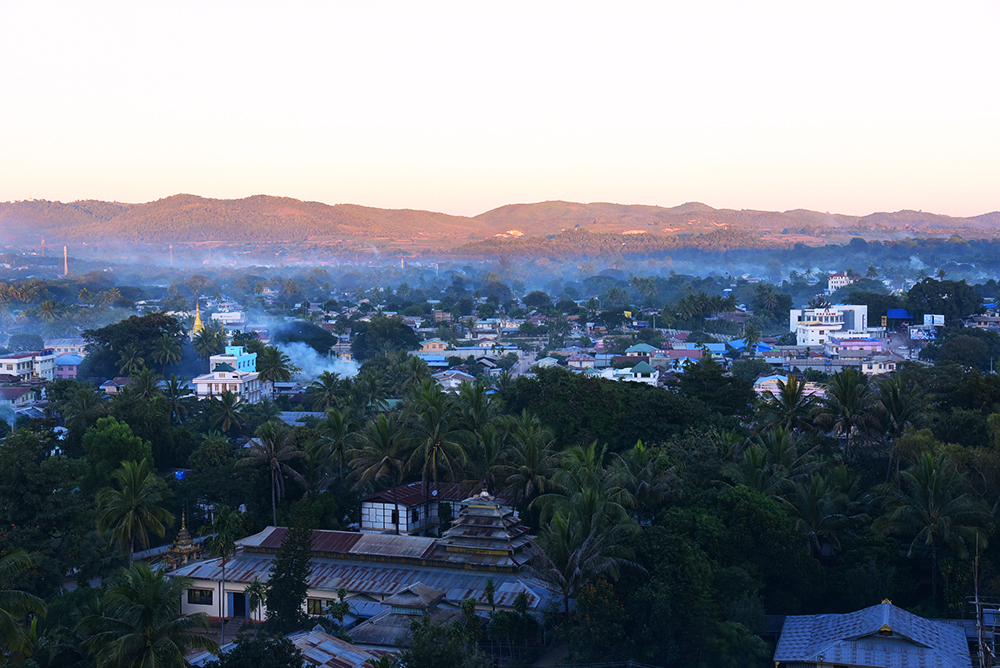After a decades-long blanket ban on tourists, Kayah State in eastern Myanmar has opened up to the outside world. Travellers are pouring in to get a glimpse of its untouched beauty.
Now, daily flights operate between Yangon and the state’s capital of Loikaw, while fleets of tourist boats continue to arrive from Inle Lake, a nearby beauty spot. Kayah State has never been busier.
“The expat community in Yangon is growing very fast and people are looking for places to go over long weekends,” said Jens Uwe Parkitny, a Frankfurt-born photographer who has recently opened a guesthouse in Loikaw.

During his first visit to Kayah State, Parkitny saw untapped potential in its rustic charm. As he anticipated, rooms at his guesthouse have been booked out every weekend since it opened in October. “Loikaw is so new. It still feels like the old Myanmar, which I associate with time travel and what Southeast Asia probably was 60 years ago.”
BETTER LIVES
In the past, tourists would only go to Pan Pet to take a few photos, spending less than an hour there. There was little sense of any connection between the villagers and their guests, and the long-necked women could only expect a few dollars from a photo op. Following the ITC community-based tourism project, however, the gap between locals and tourists has begun to shrink.
At the same time, the community has developed, and the growing presence of tourists has resulted in more financial support from the government to improve infrastructure. Pan Pet now has running water, Internet connectivity and better roads. And financially, lives have also improved.

Leader of Pan Pet’s community guides, Maung Tha, is earning about US$90 per month, with US$23 coming from farming and the rest from the walking tours. Other villagers who are not community guides have also seen their incomes grow. For each visit to a local home, tourists pay a small fee of US$2. And after a tour, many of the visitors buy handmade souvenirs such as scarves, bracelets and rings.
BIG CHALLENGE
The residents of Pan Pet have been surprised to see so many tourists. Last year, Maung Tha and other guides took care of around 10 visitors every month. This year, however, the number has already doubled and expertise in sustainable tourism and resource management has never been seen to be more important.

However, the main goal is not to attract tourist but to create an effective system that will help the village manage its affairs in a sustainable fashion without destroying its resources ahead of a tourism boom.
“We are expecting to receive quite a lot of tourists in the future and, of course, there is still a lot to prepare. And for locals, it’s really a big challenge,” Win Nie from the International Trade Centre (ITC)
Source : Channel News Asia


















